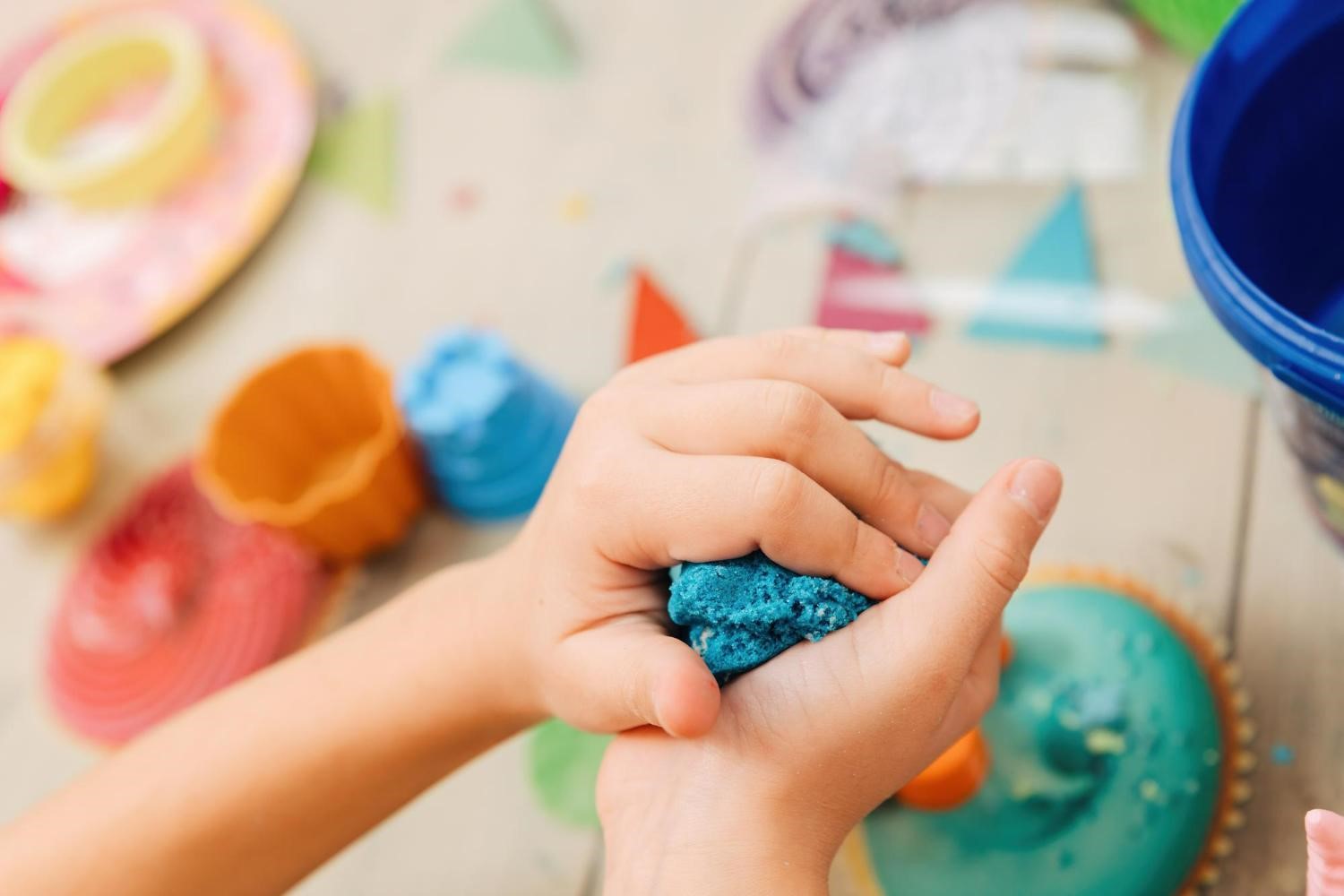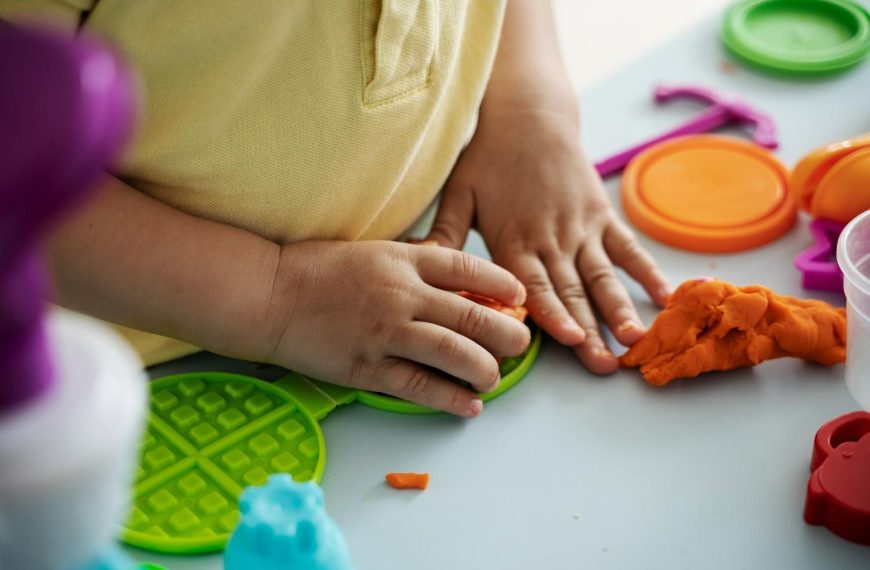Clay sculptures have been around since the dawn of civilization, with evidence reaching back to 25,000 BCE. These ancient artefacts, such as pottery and other clay sculptures, served practical uses while also demonstrating our predecessors’ artistic spirit. As cultures progressed, clay became a vital building element for homes and structures. The significance of clay throughout human history emphasises its critical role in moulding the evolution of art and society.
The evolution of clay modelling techniques:
Clay modelling techniques have evolved greatly over time, influenced by various civilizations’ customs and traditions. For example, the ancient Egyptians employed clay for both functional and decorative purposes, resulting in millennia-old statues and reliefs. Meanwhile, ancient Greek and Roman artisans used terracotta, a type of clay, to create lifelike sculptures and architectural embellishments. As technology improved, so did the tools and procedures for sculpting clay, resulting in a wide diversity of forms and techniques that may still be seen today.
Since time immemorial, people have been making things out of clay. Things ranging from pots to bowls and even sculptures! It’s no wonder, then, that playing with clay is a tad instinctual for kids.
Simply hand them a bit of clay and watch them get enthralled with the texture and consistency as they try and mould it into shapes using their creativity.
There’s plenty more that Playdough kids play with than you can imagine. Here’s a look at all the reasons it is great to ‘Play with Clay’.
Benefits of Clay Modelling

- It improves hand-eye coordination: Clay art for Kids
- Encourages sensory development
- Developing fine motor skills: Clay modelling for Kids
- It stimulates the power of imagination
- It induces Play-based learning: Easy clay modelling for kids
- It increases their attention span
- It fosters their sense of Trial and Error
- It’s a kind of therapy
- It helps them to express their thoughts and ideas
- It boosts their self-esteem
Clay art for kids can go a long way in improving hand-eye coordination. This is important when it comes to improving your child’s athleticism, agility, and handwriting. When they play with clay during their playtime, they will engage the muscles in their hands and arms. Things like catching a ball and even merely pouring water into a glass, all need hand-eye coordination.
The first thing kids notice when they take a piece of clay in their hands is its texture. Apart from it being slimy or dry, it might even make a sound when you squeeze it. All of this makes for a great multi-sensory experience. Those sensory skills are further strengthened when the children manipulate that clay into different shapes.
One of the great benefits of clay modelling for kids, apart from a boost to hand-eye coordination, is the development of those fine motor skills. Fine motor skills are different from hand-eye coordination skills in that they do not necessarily require the involvement of their eyes. Typing is an example of such a skill, that involves the development of the muscles in the hands and fingers.
Kids playing with clay are stimulated to think out of the box and create truly fascinating things. The other toys that they play with might be plenty in number, but none of them allows them to explore their sense of creativity quite like that simple lump of clay does. There’s plenty of innovation required, after all, to come up with some great three-dimensional art!
Easy clay modelling for kids can even be used as a most effective tool to teach your kids subjects they would otherwise learn in a classroom. For instance, they can work on their numeracy and literacy skills by moulding numbers and letters of the alphabet, out of clay. Furthermore, they can learn about Science by seeing how clay reacts to different things like heat, cold, and water.
Clay activities for kids are great because they keep kids engaged for a long time, without them even realising it. The really cool thing is, that clay is most adaptable, and that rules out the kind of frustration kids might be subject to in other activities. Give them a piece of clay and watch them plough on endlessly for hours, creating something spectacular, while silently improving their concentration skills.
As we have seen in the earlier point, kids don’t feel all that bad when they ‘mess up’ in the creation of what they might have envisaged in their mind’s eye. When they play with clay, they are exposed to a vital life lesson: ‘Everyone makes mistakes’. Learning from the mistakes they have made, they forge on until they are satisfied with their efforts.
Believe it or not, Clay art for kids makes for a most therapeutic experience. The mere joy of pressing that putty in your hands is the most exquisite one. Working that clay makes for a great stress-buster, as it is a calm and unhurried pastime that allows children to create at their own pace.
Easy clay modelling for kids goes a long way in helping children give vent to their thoughts and feelings. When you closely observe what they have made, you will be surprised to discover that you gain a window into their moods or even their aspirations.
Kids playing with clay get a vital boost to their self-esteem. At the end of that playing with clay, they often come up with something really fun: like a doll, or perhaps even a car. This is their creation and a time for them to take a bow.
Clay modelling is just one of the several wonderfully stimulating activities EuroKids has children indulge in on an everyday basis. We lay no ‘clay stone’ uncovered, to assist your children in their comprehensive development in these crucial, early years.
For informative and accurate articles on all things related to your new born-toddler’s development, growth, health and nutrition, follow EuroKids Blogs and do check out our nationally recognized preschools – EuroKids for the first step in your kid’s educational journey!














